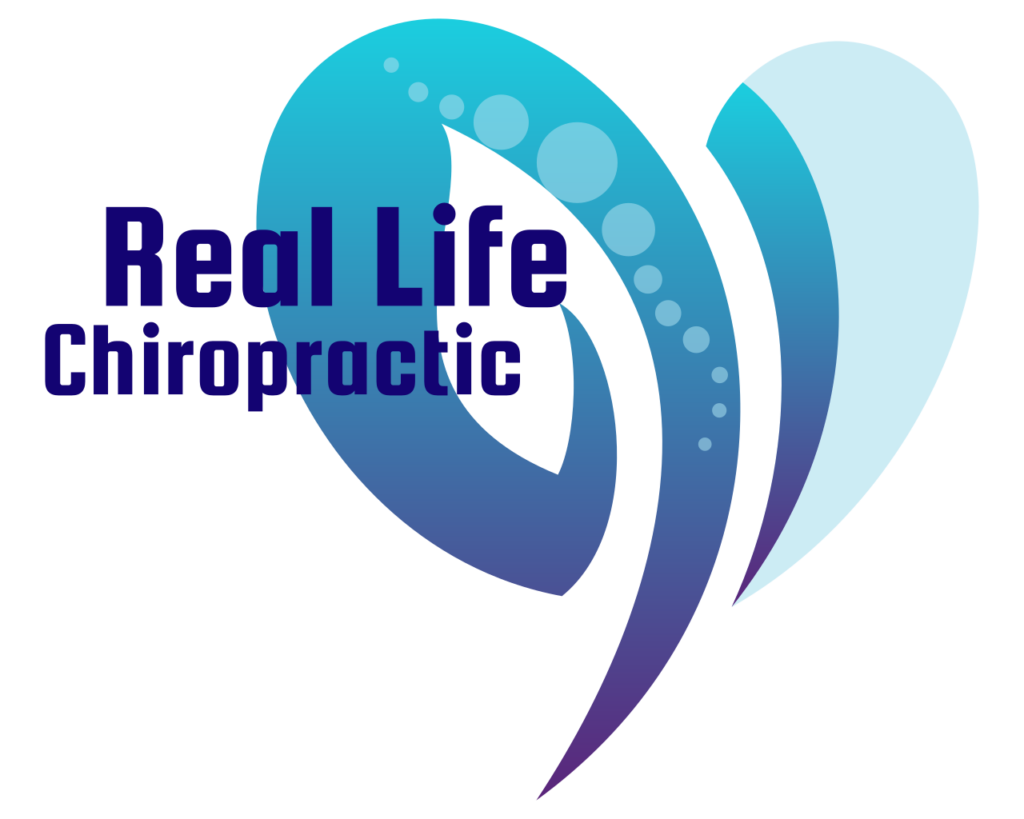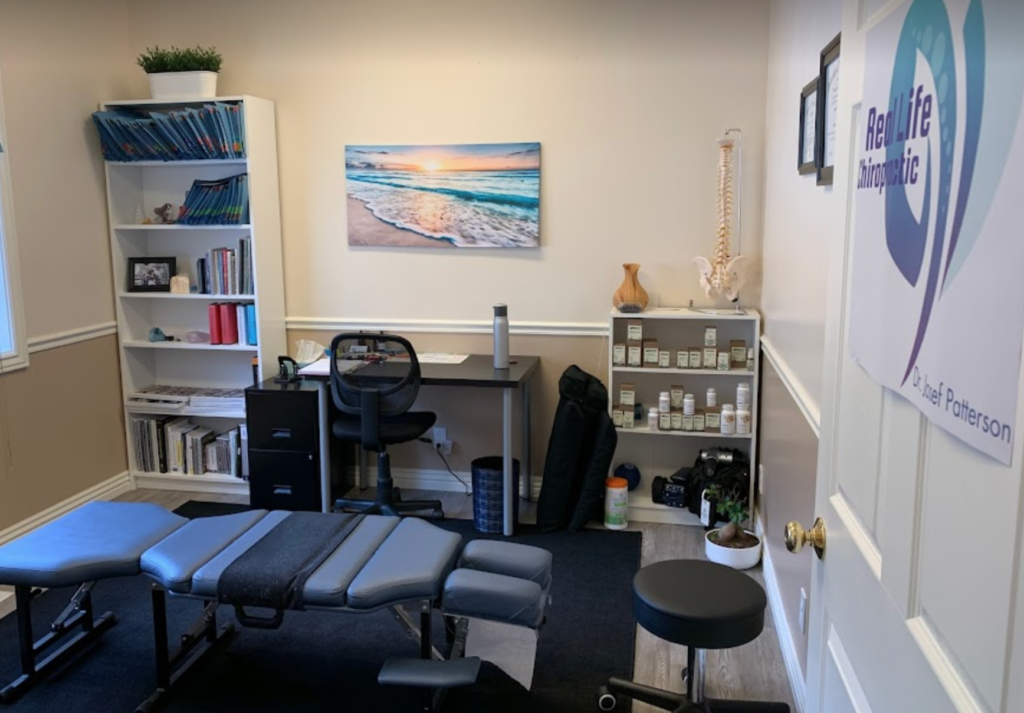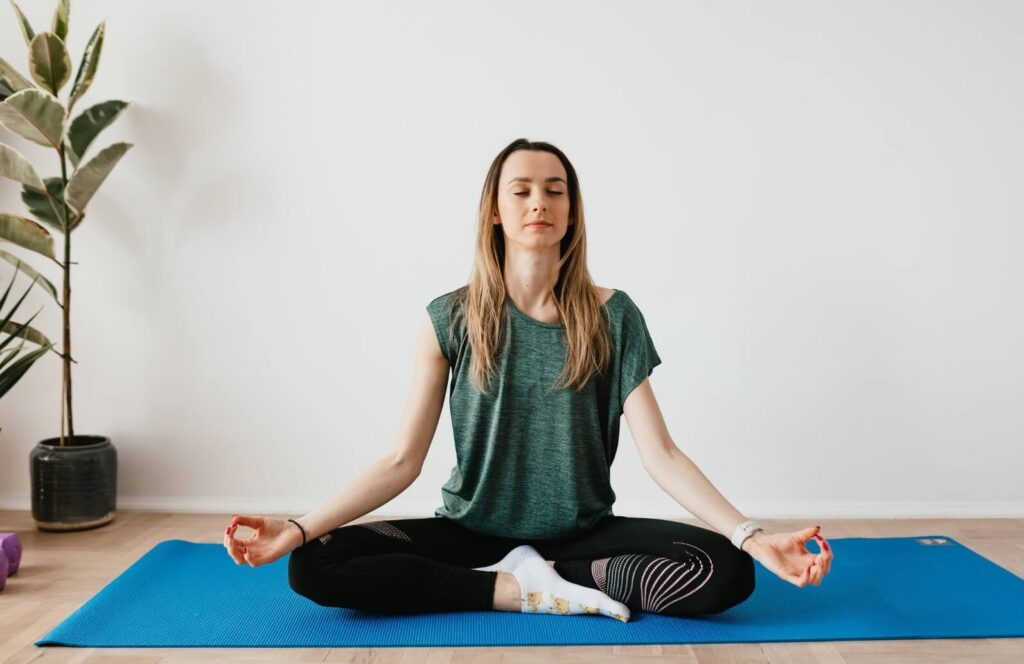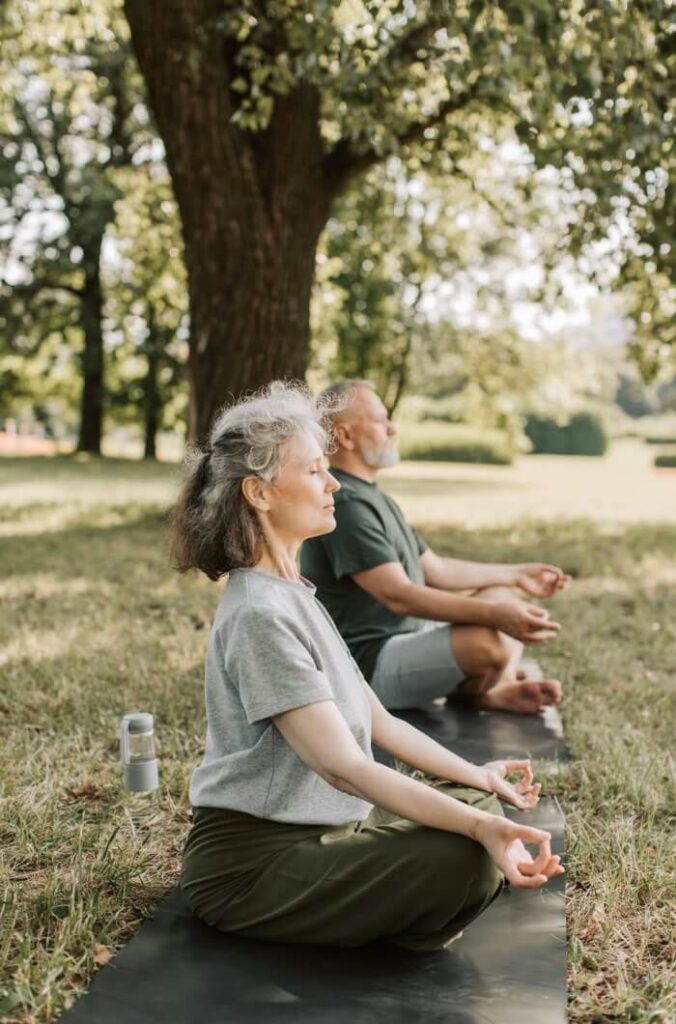What Is A Cavitation?
Cavitations are just bubbles that are formed within a fluid space when a force is applied to it. This force can be from waving your hand or arm under water and seeing the bubbles form, or a quick stretch being applied to a joint causing bubbles to form in and around the joint – it’s the same thing. The “pop” sound that so many have become addicted towards hearing upon receiving an adjustment is nothing more than just bubbles forming.
Can a restricted bone or joint move without having the cavitation present? Yes! It happens many times. There are many ways to adjust a persons bones or joints. Maybe I’m just a softy, but I like to provide the least amount of trauma possible to a patients body, and if I don’t have to, I won’t put the body under unnecessary stress. My hope in writing this post, is to open the mind to other possibilities in how we view Chiropractic and getting our bones “cracked.” ☺
Yours in Health,
What Is A Cavitation? Read More »








